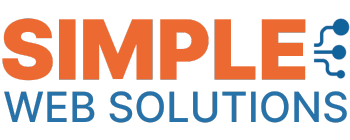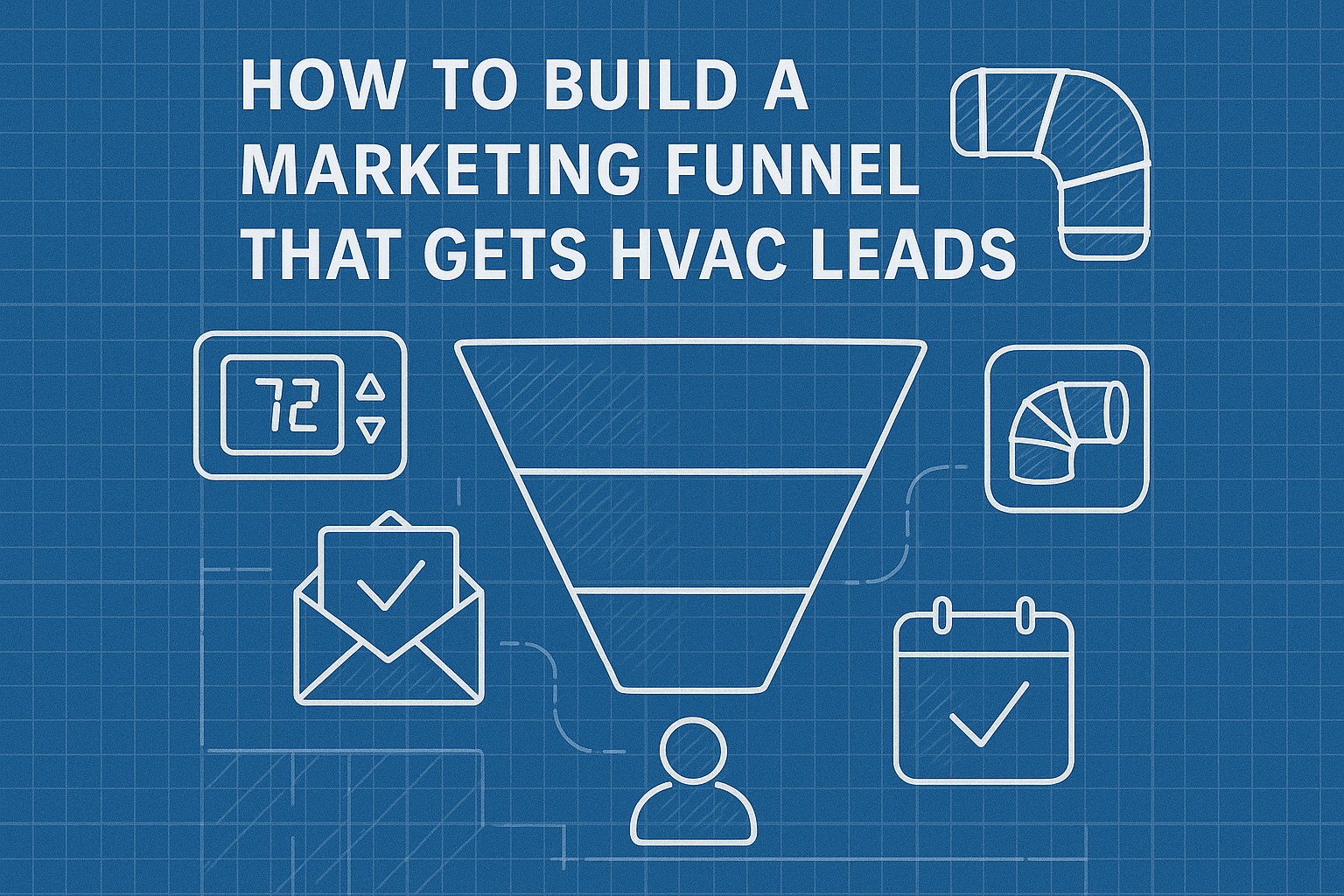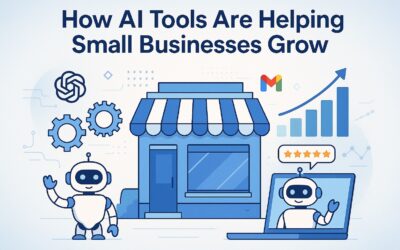For service providers like contractors, generating steady customer interest requires more than just luck. Imagine a system that turns online searches into booked appointments – that’s what a strategic approach to lead generation delivers. While traditional methods like flyers still exist, 85% of customers now start their search for services online. This shift demands smarter solutions.
Think of a structured pathway that guides potential clients from discovering your brand to choosing your services. This process mirrors how people naturally make decisions. At every step, your business addresses their concerns, builds trust, and simplifies their choices. For industries where the average new customer costs $296 to acquire, efficiency isn’t optional – it’s essential.
This guide breaks down how to create a framework that reduces wasted effort. You’ll learn to nurture casual website visitors into loyal clients using proven digital tools. We’ll also explore how combining SEO optimization, mobile-friendly design, and automated review systems creates a seamless experience. Let’s start building.
Key Takeaways
- Modern customers prefer digital-first interactions, making outdated advertising methods less effective
- Structured systems reduce customer acquisition costs while improving conversion rates
- Four key stages transform awareness into action through targeted strategies
- Mobile optimization and review automation significantly boost credibility
- Partnering with experts streamlines implementation for immediate results
Table of Contents
Introduction to HVAC Marketing Funnels
Every successful service business follows a roadmap to turn curious prospects into loyal clients. Think of it as a step-by-step path where each interaction builds trust and clarifies value. For heating and cooling specialists, this approach transforms scattered outreach efforts into measurable results.
Overview of the Sales Funnel Process
The journey begins when someone discovers your company online or through referrals. Four key phases shape their experience:
- Discovery: Potential clients learn about your services via search engines, ads, or reviews
- Evaluation: They compare options while reviewing case studies or pricing guides
- Decision: Clear calls-to-action prompt them to book consultations or request quotes
- Advocacy: Satisfied clients return for maintenance plans or recommend you to others
Why Structure Matters for Growth
Without a defined system, 68% of leads slip through the cracks according to recent industry data. A strategic framework helps businesses:
- Identify which content types drive the most appointments
- Allocate budgets to high-performing channels like local SEO or video demos
- Automate follow-ups to reduce missed opportunities
Companies like Simple Web Solutions specialize in building these tailored pathways, combining fast-loading websites with review automation to accelerate progress through each stage.
Key Elements of a Successful Marketing Funnel for Service Businesses
Service businesses thrive when their online presence acts as a 24/7 sales team. A well-structured approach combines technical precision with customer psychology, guiding prospects from initial curiosity to confident decisions. Two components prove particularly impactful for heating and cooling specialists aiming to stand out.
SEO Optimization and Fast-Loading Pages
Speed matters more than ever. Research shows a one-second delay in page load time causes a 16% drop in user satisfaction. For contractors, this could mean losing emergency repair clients to competitors. Mobile-friendly design isn’t optional – over 60% of local searches happen on smartphones.
Strategic keyword placement transforms visibility. Titles like “24/7 AC Repair Near Me” or “Emergency Furnace Service” align with real search queries. Schema markup helps search engines display your contact details and service areas directly in results. Companies using these tactics often see 40% more click-throughs.
| Factor | Traditional Approach | Optimized Strategy |
|---|---|---|
| Page Speed | 3-5 second load time | Under 2 seconds |
| Mobile Navigation | Desktop-focused layout | Thumb-friendly menus |
| Local SEO | Basic city mentions | Neighborhood-specific content |
Review Automation and Lead Generation Tools
Customer feedback drives conversions. Automated review requests sent after service completion increase response rates by 300% compared to manual methods. Displaying genuine testimonials near booking buttons can lift conversions by 15%.
Tools like Simple Web Solutions’ reputation manager simplify this process. They integrate with your scheduling system to trigger timely review requests while capturing lead details for follow-ups. This creates a steady stream of social proof while nurturing potential clients.
Combining these elements creates a self-sustaining system. Fast pages keep visitors engaged, strategic SEO brings qualified leads, and automation turns satisfied customers into brand ambassadors. For contractors, this means fewer cold calls and more booked appointments.
hvac marketing funnel: Strategies for Brand Awareness
Building recognition in crowded markets requires strategic visibility. For heating and cooling specialists, this means meeting customers where they start their journey – digital platforms. Three core approaches create lasting impressions while staying budget-friendly.
Leveraging On-Page SEO and Mobile-First Design
Over 60% of service searches begin on mobile devices. Websites that load in under two seconds and display properly on smaller screens capture 38% more engagement. Simple Web Solutions designs responsive layouts with thumb-friendly menus and compressed images.
Strategic keyword placement turns local searches into connections. Titles like “Emergency AC Repair [City Name]” or “Affordable Furnace Installation Near Me” match real queries. Schema markup highlights service areas and operating hours directly in search results.
Utilizing PPC, Social Media, and External Links
Google Ads deliver instant visibility for urgent needs like “broken heater repair”. Local Service Ads appear above organic results with verified badges – crucial for winning emergency calls. Social platforms showcase your work through before/after project photos and video testimonials.
Partnerships with plumbing contractors or home inspectors create valuable backlinks. These connections improve search rankings while introducing your services to new audiences. A coordinated approach ensures consistent messaging across all touchpoints.
- Mobile-optimized sites convert 50% more visitors than desktop-only designs
- PPC campaigns targeting specific neighborhoods yield 22% lower cost per lead
- Facebook posts with customer stories generate 3x more profile visits
Optimizing On-Page SEO and Website Performance
Your website acts as a digital storefront for service businesses – if visitors can’t find it or navigate it easily, they’ll choose competitors. Simple Web Solutions specializes in refining technical foundations to boost visibility and credibility. Their approach combines data-driven keyword strategies with performance tweaks that keep sites running like well-oiled machines.
Precision Keyword Targeting
Effective SEO starts with understanding how local clients search. Phrases like “emergency furnace repair” or “air conditioner maintenance near me” reveal urgent needs. Strategic placement in page titles and headers helps search engines connect your services to these queries. A recent study found 64% of consumers use Google Business profiles to find contact details – making local keyword integration essential.
Technical Foundations for Speed
Slow-loading pages cost businesses clients. Optimizing images and implementing caching can cut load times by 40%, keeping visitors engaged. Mobile responsiveness matters equally – thumb-friendly menus and compressed visuals ensure smooth browsing on smartphones.
| Optimization Area | Traditional Site | Enhanced Site |
|---|---|---|
| Page Speed | 3.8 seconds | 1.2 seconds |
| Mobile Conversions | 28% | 51% |
| Local Search Visibility | Page 2 results | Top 3 rankings |
Schema markup takes results further by structuring data about services and operating hours. This coding helps search engines display your phone number and reviews directly in results – a feature that increases click-through rates by 30% for many clients.
Leveraging Reviews, Testimonials, and Reputation Management
Online reputation shapes customer decisions more than ever. A single negative review can deter 22% of prospects, while five positive ratings boost trust by 76%. For service providers, this makes systematic feedback management non-negotiable.
Mastering Feedback Collection and Response
Timing transforms satisfied clients into brand advocates. Requesting reviews within 24 hours of completed jobs increases 5-star ratings by 40%. Tools like Simple Web Solutions automate this process with personalized SMS templates, ensuring consistent outreach without manual effort.
Negative feedback requires strategic handling. Respond publicly within 48 hours to show accountability, then shift discussions to private channels. “We resolved 89% of complaints offline last quarter,” shares a heating contractor using reputation management software.
- Monitor Google, Yelp, and industry directories daily
- Embed rotating testimonials on service pages and booking forms
- Use branded widgets to display real-time reviews
Companies prioritizing reputation see 31% more repeat business. Displaying verified ratings builds credibility during decision-making phases, directly influencing conversion rates. This approach turns happy customers into your most persuasive sales team.
Integrating Paid Advertising and Social Media Campaigns
Effective digital outreach combines precision targeting with adaptive resource management. Coordinating platforms like Facebook, Instagram, and YouTube ensures your message reaches homeowners during critical decision-making moments. This approach balances immediate visibility with long-term brand building.
Customizing Facebook, Instagram, and YouTube Ads
Platform-specific content drives engagement. Facebook excels with neighborhood-targeted posts showing emergency service availability. Instagram highlights project timelines through carousel images of installations. YouTube builds credibility with 60-second troubleshooting guides for common system issues.
Retargeting keeps your brand top-of-mind. Visitors who viewed service pages but didn’t book see tailored offers across platforms. A study found cross-channel campaigns increase conversion rates by 23% compared to single-platform efforts.
Syncing Ad Spend with Business Capacity
Smart budgeting prevents overbooking. AI tools analyze appointment availability to adjust bids in real-time. When schedules fill, ads automatically scale back – protecting service quality and profit margins.
| Strategy | Traditional Approach | Optimized Method |
|---|---|---|
| Platform Use | Single-channel ads | Cross-platform storytelling |
| Budget Management | Fixed monthly spend | AI-driven adjustments |
| ROI Tracking | Last-click attribution | Revenue-based measurement |
Simple Web Solutions implements closed-loop tracking, linking booked jobs to initial ad interactions. This reveals which campaigns drive high-value clients rather than just clicks. Companies using this system report 18% higher customer retention.
Using Data and Metrics to Refine Your Funnel Tactics
Analyzing performance metrics transforms guesswork into actionable strategies. Service providers who track progress at each stage gain critical insights into what drives real results. This approach turns raw numbers into clear pathways for improvement.
Tracking Conversion Rates and Customer Lifetime Value
Monitor how many website visitors become paying clients. A 15% conversion rate might seem acceptable until you discover competitors achieve 25% through optimized landing pages. Calculate lifetime value by analyzing repeat service requests and maintenance plan renewals.
One plumbing company found customers who booked emergency repairs spent 300% more over five years than one-time clients. These metrics highlight where to focus retention efforts.
Adjusting Strategies Based on Campaign ROI
Compare advertising costs against booked jobs rather than clicks. If Google Ads bring $5,000 jobs at $150 per lead while social media drives $1,500 jobs at $200 cost, reallocating budgets becomes obvious. Seasonal trends matter too – furnace ads perform better in fall, AC campaigns in spring.
Simple Web Solutions clients using revenue-tracking tools report 18% higher profits within six months. Regular data reviews ensure every dollar spent works harder to attract ideal customers.
Continuous refinement separates thriving businesses from those stuck in outdated patterns. By letting metrics guide decisions, companies create self-improving systems that grow smarter with each customer interaction.
Why do service businesses need a structured marketing funnel?
A well-organized funnel guides prospects from initial awareness to final purchase, reducing missed opportunities. For HVAC companies, this structure streamlines lead generation, nurtures trust through targeted content, and improves conversion rates by addressing customer needs at each stage.
What website features are essential for attracting HVAC leads?
Fast-loading pages, mobile-responsive design, and clear service descriptions are critical. Integrating localized keywords (like “emergency AC repair in [City]”) and schema markup helps search engines prioritize your site, while intuitive navigation keeps visitors engaged longer.
How can social media improve brand awareness for HVAC companies?
Platforms like Facebook and Instagram allow targeted ads showcasing seasonal promotions or maintenance tips. Sharing customer testimonials and behind-the-scenes content humanizes your brand, while geo-tagged posts help reach local audiences actively seeking services.
What role do online reviews play in converting leads?
Positive reviews on Google Business Profile or Yelp build credibility and influence purchasing decisions. Automating review requests post-service and professionally addressing negative feedback demonstrates responsiveness, which 89% of consumers consider when choosing a service provider.
How should HVAC businesses allocate their ad budgets effectively?
Align spending with seasonal demand—boost AC repair ads in summer and furnace campaigns in winter. Platforms like YouTube allow video demos of complex services, while A/B testing ad creatives on Meta Ads Manager ensures higher ROI. Always track cost per lead to refine allocations.
Which metrics matter most when evaluating funnel performance?
Focus on website conversion rates, customer acquisition cost, and lifetime value. Tools like Google Analytics track page engagement, while CRM systems monitor lead progression. Regularly review these insights to identify bottlenecks, like high drop-off rates on contact forms, and optimize accordingly.





0 Comments